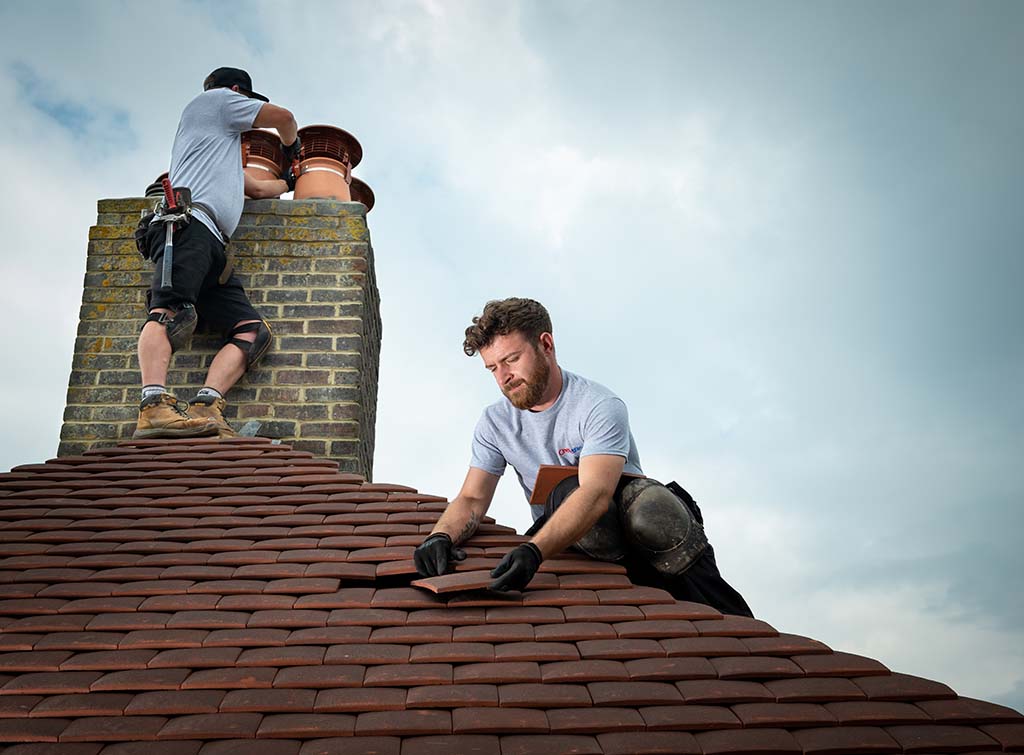
The first step in any roof replacement project is understanding when a replacement is truly needed. Common signs include water stains on ceilings, persistent mould growth, broken or slipping tiles, and granules from shingles collecting in gutters. For UK homeowners, roofs that are over 20 to 30 years old are typically nearing the end of their lifespan, especially if routine maintenance has been neglected. While a professional roofer is best equipped to assess the condition of a roof, homeowners can also conduct a visual inspection from the ground to identify glaring problems. A roof survey by a local, trusted contractor will provide you with clarity as well as a cost estimate. In many cases, acting early can prevent the need for more extensive work like timber repairs or full structural reinforcements. Roof replacements can save money as well as stress.
One of the most obvious signs that a roof needs replacing is the presence of frequent leaks. If you notice water stains on your ceiling or walls, or if water drips during heavy rainfall, this is often a clear indicator that the roof is compromised. Leaks can lead to serious structural issues if left unaddressed, including damage to the interior of your home, insulation, and wooden beams. In some cases, a repair may suffice, but if the problem persists or if the damage is widespread, it may be time to replace the roof altogether. Another sign of roof deterioration is the appearance of missing or broken tiles or slates. Over time, these can become loose or damaged due to weather exposure, and replacing them can help prevent leaks and further damage.
The Typical roof replacement prices in the UK typically begins with a detailed inspection by a professional roofing contractor. The assessment determines the level of damage, and what materials are most appropriate for replacement. Once the necessary materials are selected, the existing roof is removed, and the underlying structure is examined for any issues. The roof deck may have to be repaired if it is damaged before new roofing materials can be installed. Depending on the complexity of the roof, this process can take several days to complete. Roof replacement is more complex than simply laying down new material. It also involves ensuring the structure underneath is solid, installing proper insulation, and ventilating the roof to avoid future problems. To acquire additional information please visit Roofadvisor

When planning to replace your roof, it is important that you choose the best roofing material. Your choice of material will impact not only your home's appearance, but its long-term energy efficiency. Slate and tiles are popular choices in the UK, known for their longevity and aesthetic appeal. These materials are particularly suited for traditional and period homes. Asphalt shingles and concrete tiles tend to be preferred for modern homes due to affordability and easy installation. Flat roofs, commonly found in extensions or commercial buildings, may require bitumen or rubber membrane materials. The pros and cons of each material are different, so the best choice is based on your budget, the desired life expectancy, as well as the architectural style and design of the house. Consulting with a professional roofer can help you make an informed decision based on your home's unique needs.
One of the key considerations when replacing a roof in the UK is ensuring that the work complies with local building regulations. Depending on the type of property and the extent of the work, you may need to apply for planning permission or building regulations approval before starting the replacement process. Some areas, such as conservation zones or listed buildings, have stricter regulations regarding materials and methods for replacing roofs. It is essential to work with a roofer who is familiar with these regulations and can ensure that the replacement is carried out in compliance with all legal requirements. Failing to do so can result in fines or the need to undo the work and replace the roof with approved materials.